Efficiency Analysis in Packaging: Methods and Tools
Discover the latest methods and tools for efficiency analysis in packaging. Explore innovative strategies to optimize packaging processes, reduce waste, and enhance sustainability. Learn how to implement effective solutions to improve productivity and cost-effectiveness in packaging operations.
Efficiency Analysis in Packaging: Methods and Tools
In today's fast-paced and environmentally conscious world, efficiency in packaging has become a critical focus for businesses aiming to optimize their operations and reduce their ecological footprint. Efficiency analysis in packaging involves evaluating and improving the processes, materials, and designs used to package products, ensuring that they meet both economic and environmental goals. This analysis is crucial for minimizing waste, reducing costs, and enhancing the overall sustainability of supply chains. Various methods and tools are employed in this analysis, ranging from life cycle assessments and computational modeling to advanced software solutions that simulate packaging scenarios. By leveraging these techniques, companies can make informed decisions that not only improve their bottom line but also contribute to a more sustainable future.
Optimizing Packaging Efficiency: Strategies for Sustainable and Cost-Effective Supply Chains
Optimizing packaging efficiency is crucial for developing sustainable and cost-effective supply chains. By implementing strategies that focus on reducing material usage, companies can significantly decrease their environmental footprint while also cutting costs. One effective approach is to design packaging that is lightweight yet durable, ensuring product protection with minimal material. Additionally, adopting reusable or recyclable packaging materials can further enhance sustainability efforts. Advanced technologies, such as AI and machine learning, can be leveraged to analyze and optimize packaging processes, identifying areas for improvement and innovation. Collaborating with suppliers and stakeholders to standardize packaging sizes and materials can also streamline logistics and reduce waste. Ultimately, these strategies not only contribute to environmental conservation but also enhance operational efficiency and profitability in the long run.
Enhancing Supply Chain Sustainability: Strategies for Optimizing Packaging Efficiency and Reducing Environmental Impact
In recent years, the focus on enhancing supply chain sustainability has intensified, with particular attention given to optimizing packaging efficiency and reducing environmental impact. As businesses strive to meet growing consumer demand for eco-friendly practices, they are increasingly adopting innovative strategies to minimize waste and resource consumption. This includes redesigning packaging to use fewer materials, incorporating recycled or biodegradable components, and implementing advanced technologies for better tracking and management of packaging materials. Additionally, companies are collaborating with suppliers and logistics partners to streamline processes and reduce carbon footprints. By prioritizing sustainable packaging solutions, businesses not only contribute to environmental conservation but also enhance their brand reputation and customer loyalty.
In conclusion, optimizing packaging efficiency and reducing environmental impact are crucial components of a sustainable supply chain strategy. By embracing innovative packaging solutions and fostering collaboration across the supply chain, businesses can significantly decrease their ecological footprint while maintaining operational efficiency. These efforts not only align with global sustainability goals but also offer competitive advantages in an increasingly eco-conscious market. As companies continue to innovate and adapt, the integration of sustainable practices in packaging will play a pivotal role in shaping the future of supply chain management, ultimately leading to a more sustainable and resilient global economy.




